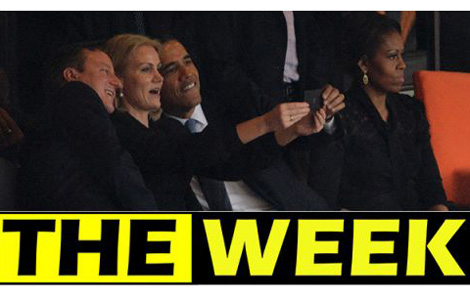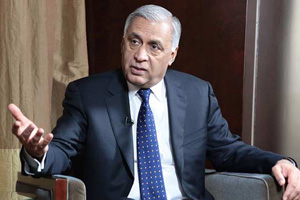ave art's wide influence explored
Updated: 2013-12-16 07:22
By CAROLINE BERG in New York (China Daily USA)
|
||||||||
Whether it is a tree and its roots or an ocean and its rivers, everything has a source, including art.
|
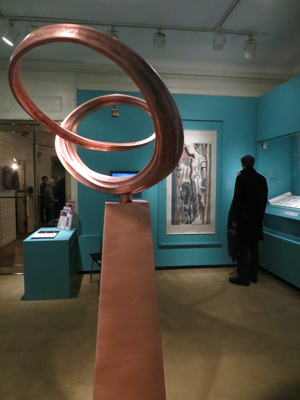 |
|
A visitor at the China Institute views the new Dunhuang exhibition before the curator's lecture Friday night.[Photo by Caroline Berg / China Daily] |
Silbergeld and Hai, co-curators of the China Institute's new exhibition — Inspired by Dunhuang: Re-creation in Contemporary Chinese Art — spoke at the institute Friday night.
This is the year of Dunhuang at China Institute. The current exhibition, which will be on display until June 8, 2014, is the second installation based on Dunhuang art to be showcased at the institute this year. The first show — Dunhuang: Buddhist Art at the Gateway of the Silk Road — went on display in the spring and featured the traditional art from the caves.
Dunhuang, located in Gansu province in western China, was a major stop on the ancient Silk Road. The Dunhuang Caves — also known as the Mogao Caves, the Mogao Grottoes or the Caves of the Thousand Buddhas — form a network of 492 temples. The first caves were carved out in 366 CE as places for Buddhist meditation and worship, and more than 800 caves still exist today.
"These caves are filled with murals, sculptures, reliefs and architecture," Hai said of the UNESCO world heritage site. "It's the only site in China that contains so much in only one location and with such a long history."
It was this history that Hai said she felt compelled to find a connection with contemporary artworks in China.
"The exhibition represents 24 works from 15 artists from one root of Dunhuang-inspired artists," Hai said. "[There are] 15 different ways to explore how Dunhuang inspired these artists and how these artists created work from this inspiration."
For instance, Daqian Zhang is considered one of the earliest modern artists to visit Dunhuang, where he stayed for nearly three years in the early 1940s to study its murals. He produced almost 300 copies and held an exhibition in 1943, which helped bring Dunhuang into the limelight. Over his career, Zhang produced forgeries and original works based on the art he found in the caves.
"We're supposed to think that in a world of art, the good artist is that rare genius that goes it alone, who lives in an influence-free bubble and who influences others without being influenced themselves," Silbergeld said in his lecture.
However, virtually every painter was and is a copyist, Silbergeld said.
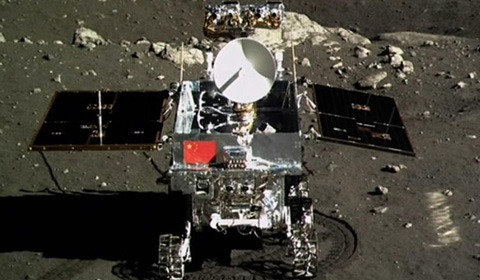
 Moon rover, lander photograph each other
Moon rover, lander photograph each other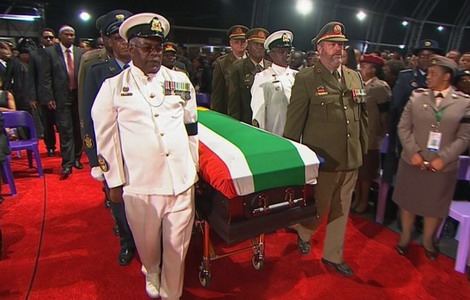
 With a hole in its heart, South Africa buries Mandela
With a hole in its heart, South Africa buries Mandela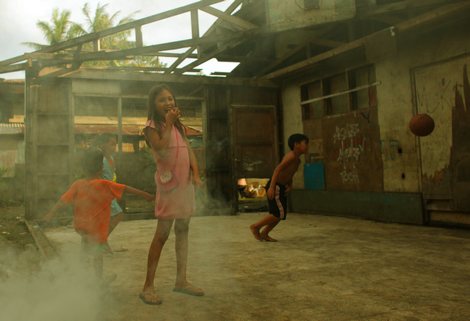
 After the storm
After the storm
 Guangzhou beats Al-Ahly 2-0 at Club World Cup
Guangzhou beats Al-Ahly 2-0 at Club World Cup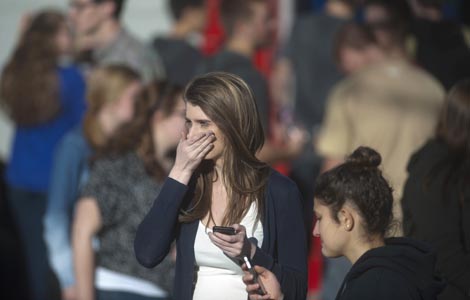
 Two students wounded in US school shooting
Two students wounded in US school shooting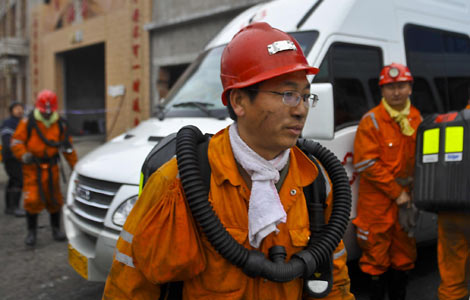
 21 died in Xinjiang coal mine explosion
21 died in Xinjiang coal mine explosion
 Mandela's body transferred to Qunu village
Mandela's body transferred to Qunu village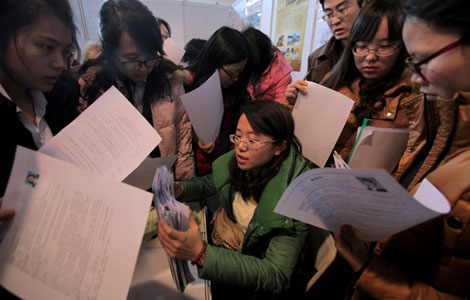
 Postgraduates get hard lessons at job fair
Postgraduates get hard lessons at job fair
Most Viewed
Editor's Picks

|
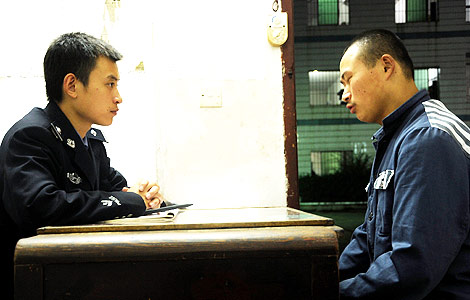
|
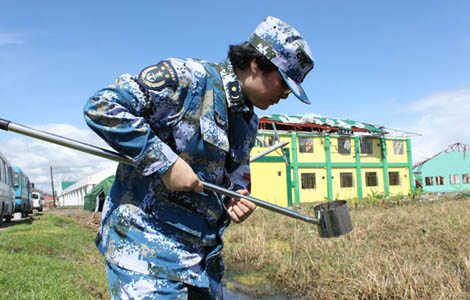
|
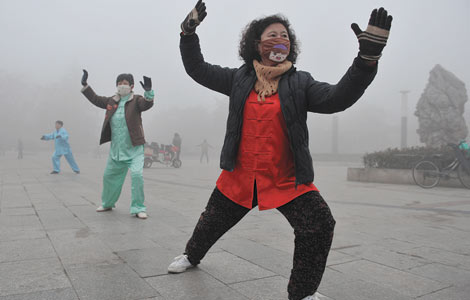
|

|

|
Today's Top News
DPRK leader's aunt unscathed after purge
Cave art's wide influence explored
Vaccines suspended after deaths
China reports new H7N9 case
Chang'e-3 mission 'complete success'
Mandela laid to rest
'Jade Rabbit' rolls to moon surface
Abe's checkbook diplomacy may fail
US Weekly

|

|
